GRAPH & NETWORKS:
THEORY & ALGORITHMS
Data Science Retreat Masterclass
ABOUT ME: Amélie Anglade

- DS and Music Information Retrieval Consultant
- PhD in MIR from QMUL
- Worked for Large R&D Labs: Sony CSL, Philips Research
- Now works mostly with music startups: SoundCloud, MusicGraph
ME and GRAPHS
- MSc. thesis on modelling and clustering P2P networks of listeners
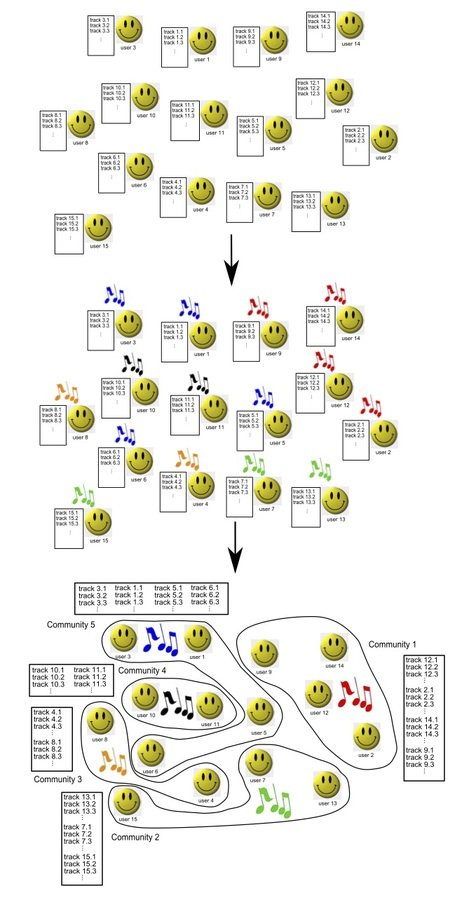
ME and GRAPHS
- MSc. thesis on modelling and clustering P2P networks of listeners
- Designed and implemented the DiscoRank at SoundCloud

ME and GRAPHS
- MSc. thesis on modelling and clustering P2P networks of listeners
-
Designed and implemented the DiscoRank at SoundCloud
- Worked for MusicGraph on Big Data graph algorithms
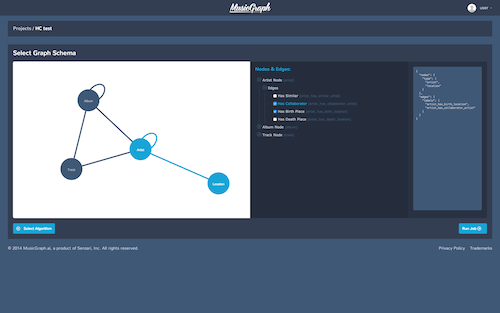

HOW to reach me
- @amelie on dsr07.slack.com
- @utstikkar on Twitter (and the web)
- amelie.anglade@gmail.com
Outline
- Introduction
- Graph Theory and Algorithms
- Network properties and models
- PageRank Algorithm
- Graph Computing Technologies
- Programming project
intro
real-world graphs
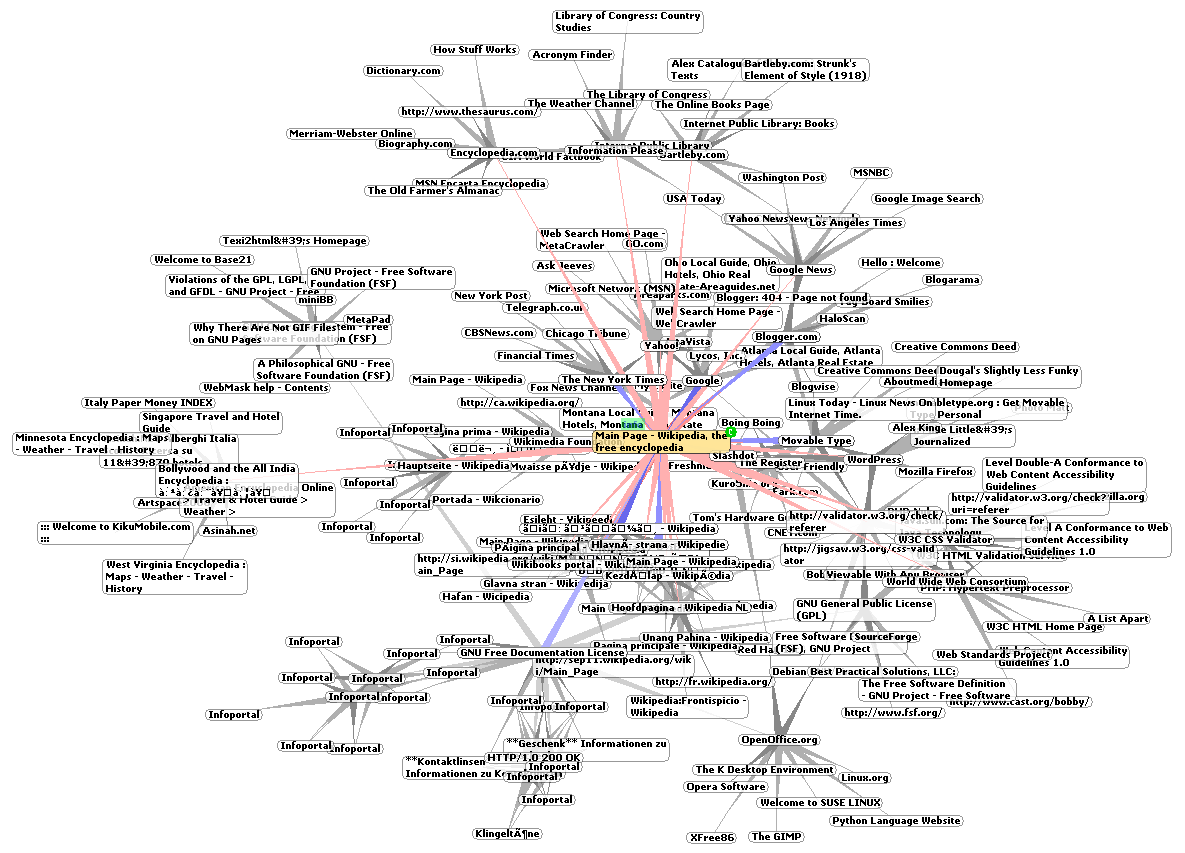
World Wide Web
real-world graphs
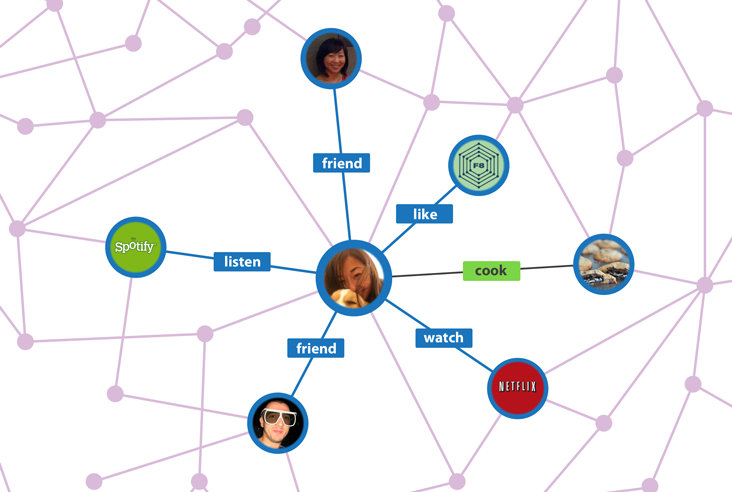
Facebook: Open Graph & Graph Search
real-world graphs
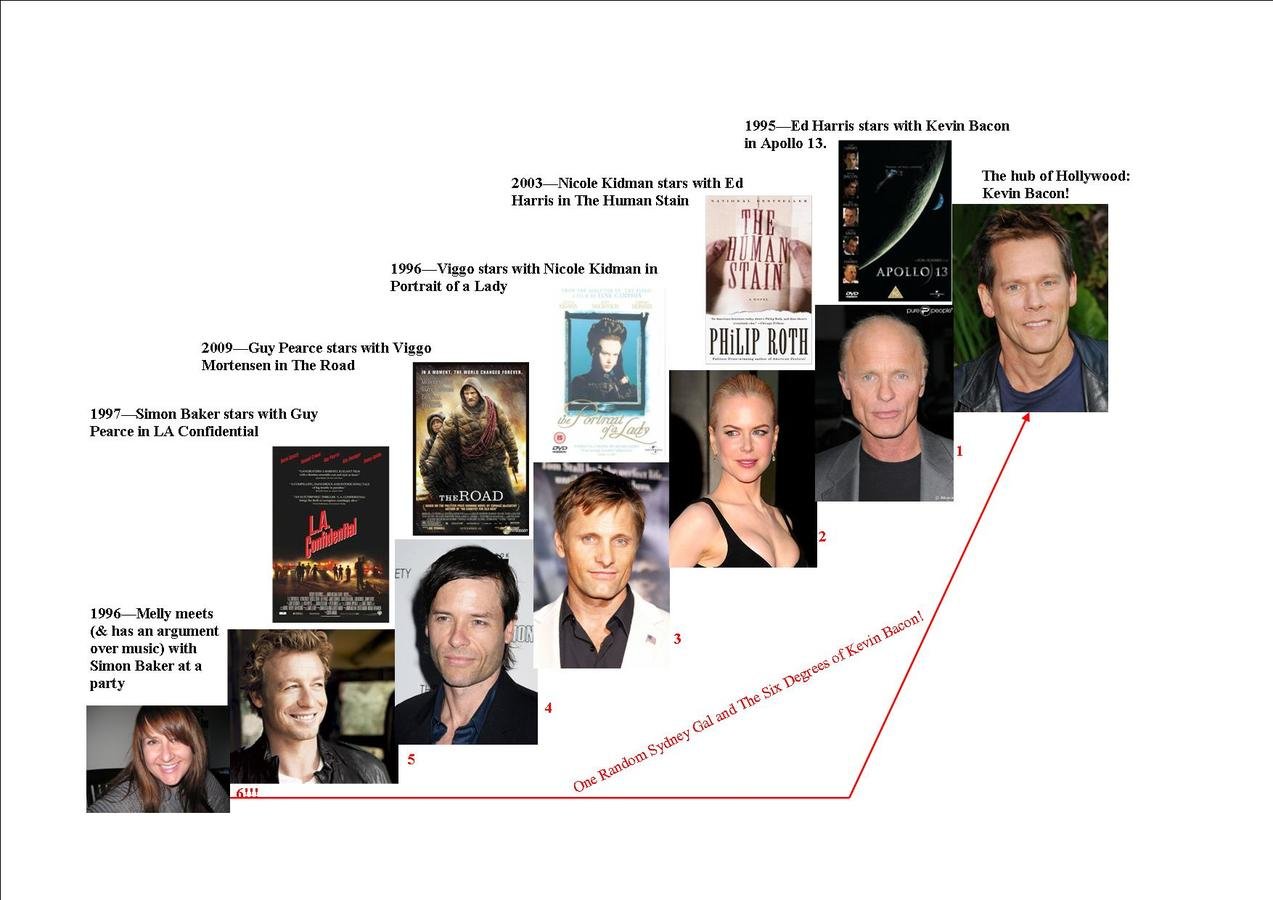
graph theory and algorithms
network properties and models
one famous Graph algorithm: Pagerank
Graph computing tech
Graph computing tech
-
Real-time graph databases
-
Design to support multi-user concurrency
-
Use disk to persist the graph = couple billion edges locally, hundreds of billions of edges on distributed systems
-
Limit: global graphs algorithms/analytics not feasible
-
Focus on local algorithms and traversals
-
Examples: Neo4j, OrientDB, InfiniteGraph, DEX, Titan
-
Graph computing tech
-
Batch processing graph frameworks
TIME to play
with graph algorithms
-
Environment: GraphLab